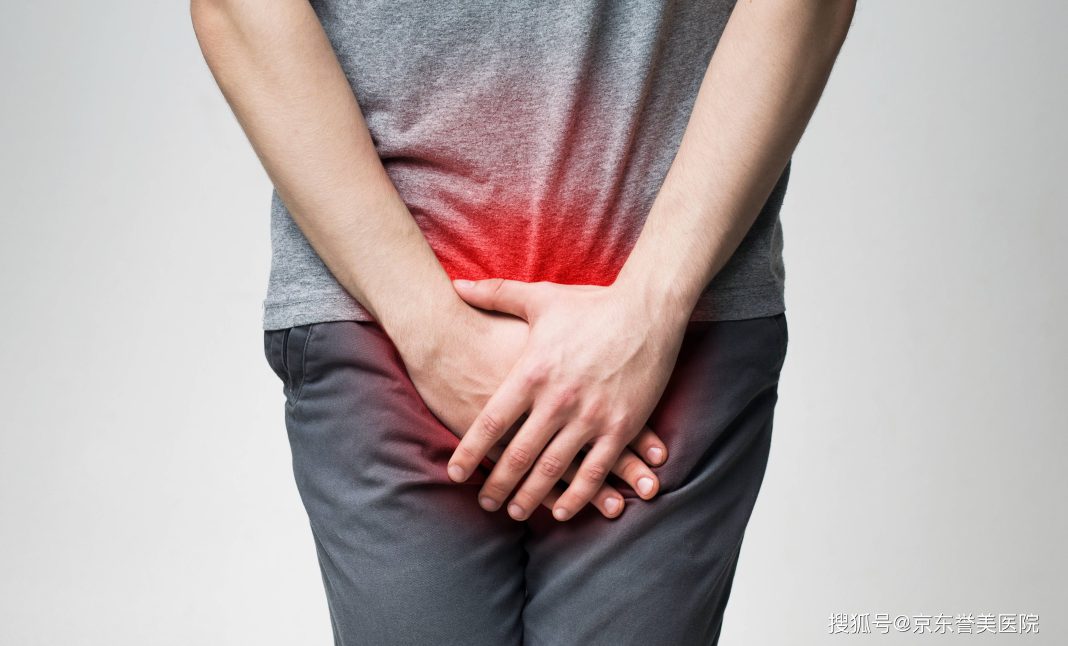Varicocele is one of the more common diseases in males, with about one in ten males possibly affected. While this condition does not pose a life-threatening risk, it can bring a lot of trouble—
Varicocele is a vascular disease characterized by the abnormal dilation, elongation, and twisting of the pampiniform venous plexus within the spermatic cord. It mainly occurs in young adult males and can also occur in minors.
Usually, varicocele is not visible on the surface of the scrotum; however, in some severe cases, patients may see clusters of “worm-like” veins on the scrotum surface.
Why does varicocele only occur on the left side and not on the right? Does this disease have a preference?
It is a common situation. In the majority of varicocele patients, the condition occurs on the left side, with a minority experiencing it on both sides. This is related to the anatomy of the left spermatic vein.
Blood reflux in the left and right spermatic veins:
1. Right spermatic vein → Inferior vena cava.
2. Left spermatic vein → Left renal vein → Inferior vena cava.
It is apparent that the reflux path through the left spermatic vein is longer, making the backflow more challenging and more prone to varicose veins.
Harm of Varicocele
1. Impact on fertility: Currently, varicocele-induced male infertility is believed to be related to abnormal sperm quality, reduced testicular volume, decreased testicular perfusion, and testicular dysfunction.
It may be associated with factors such as increased testicular temperature, hypoxia, retrograde flow of renal and adrenal metabolic products, reactive oxygen damage, testicular microcirculation disorders, and nitric oxide mechanisms.
Therefore, testicular spermatogenic dysfunction caused by varicocele is a complex pathological process that is likely the result of multiple factors.
2. Impact on pain: The incidence of scrotal pain in varicocele is 2%-10%. The mechanism behind this occurrence is complex.
3. Impact on androgens: The impact of varicocele on androgens is controversial, with some studies suggesting that serum testosterone levels may decrease in varicocele patients.
Note: Any diagnostic, treatment, or medication information mentioned in this article is for reference only and should not be used as a basis for clinical diagnosis or treatment.


